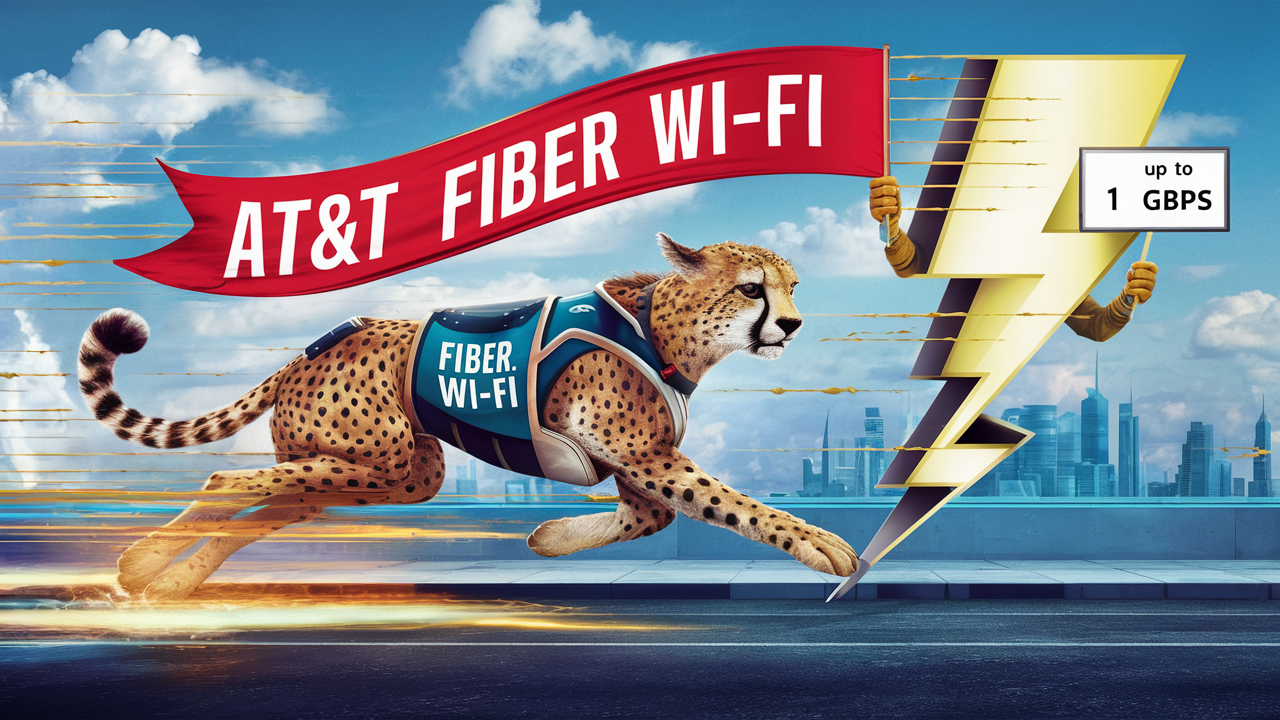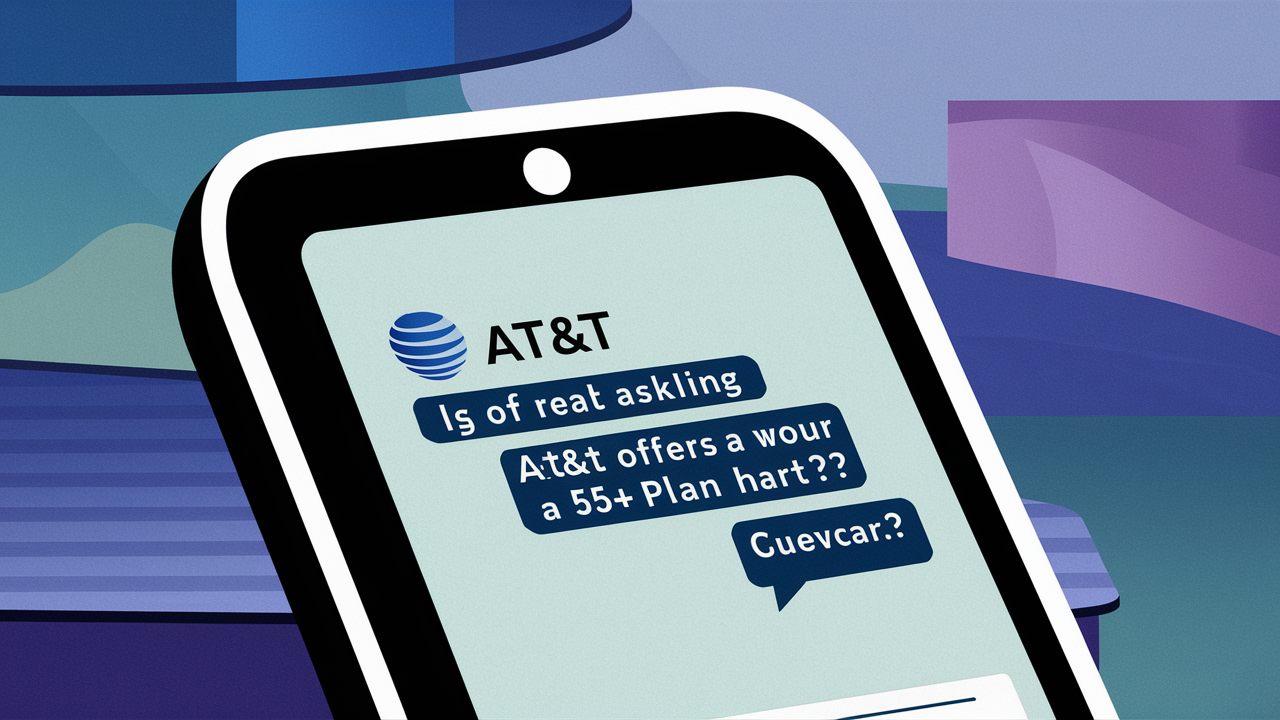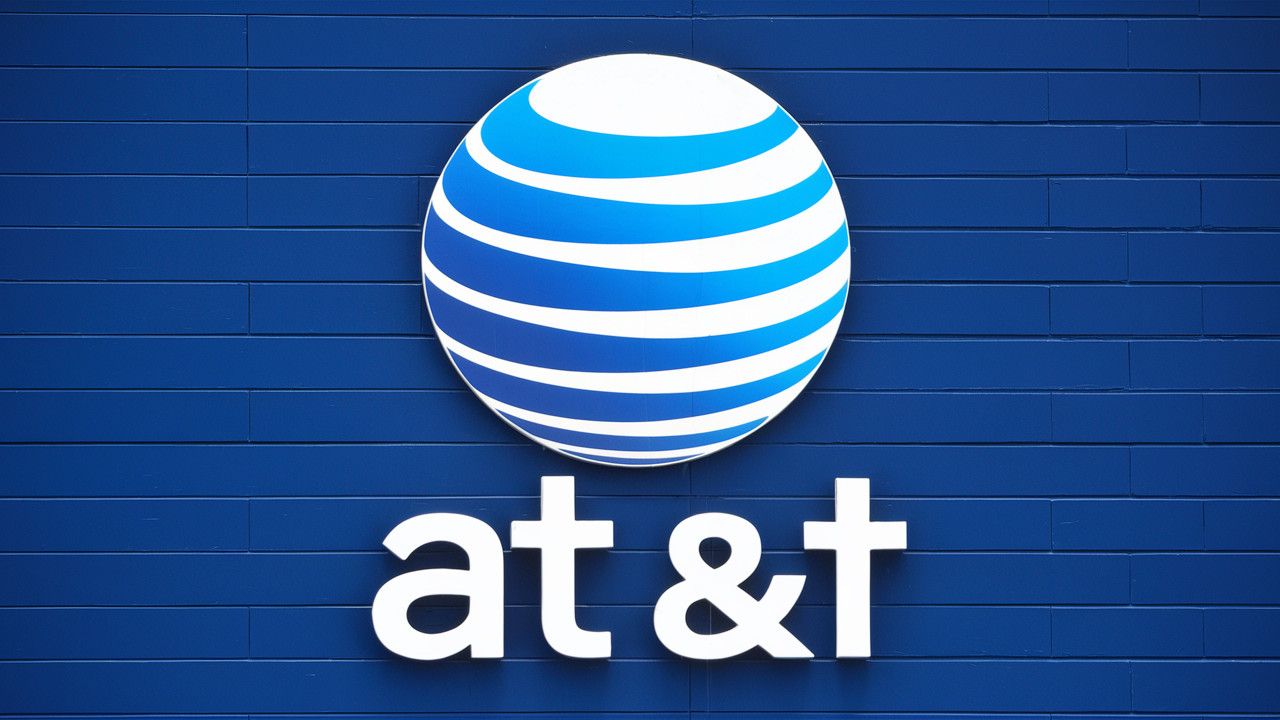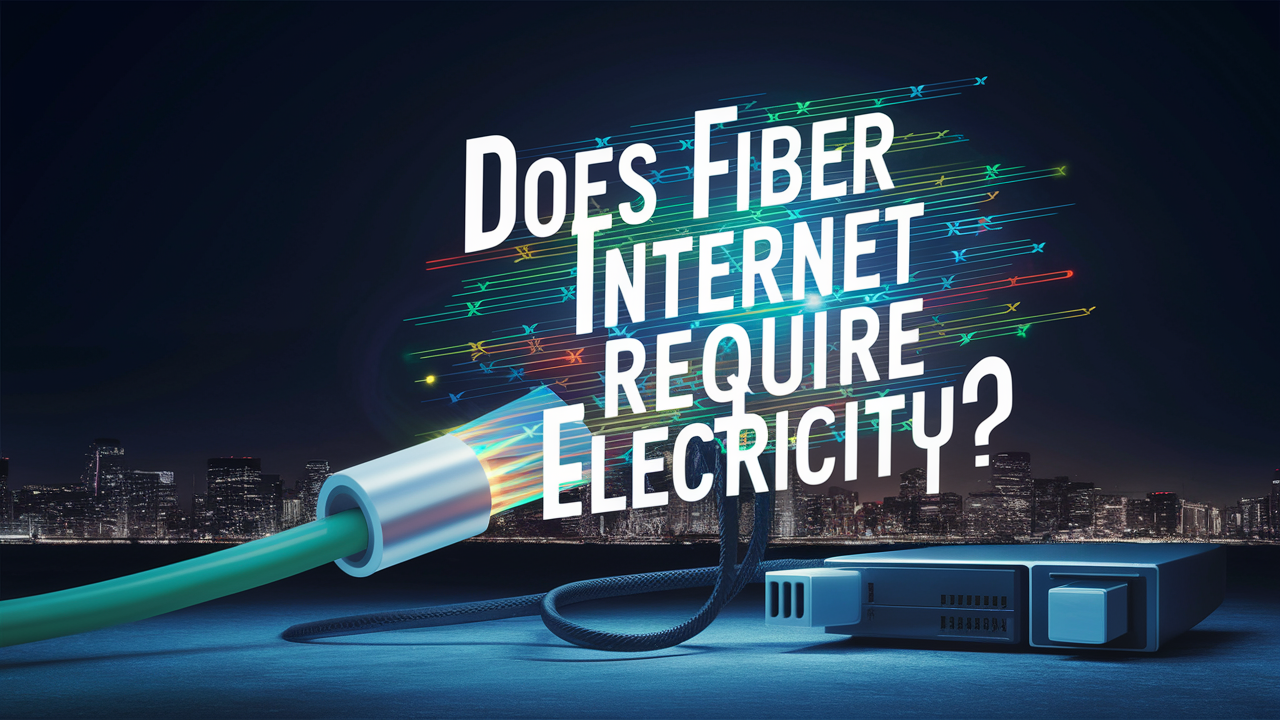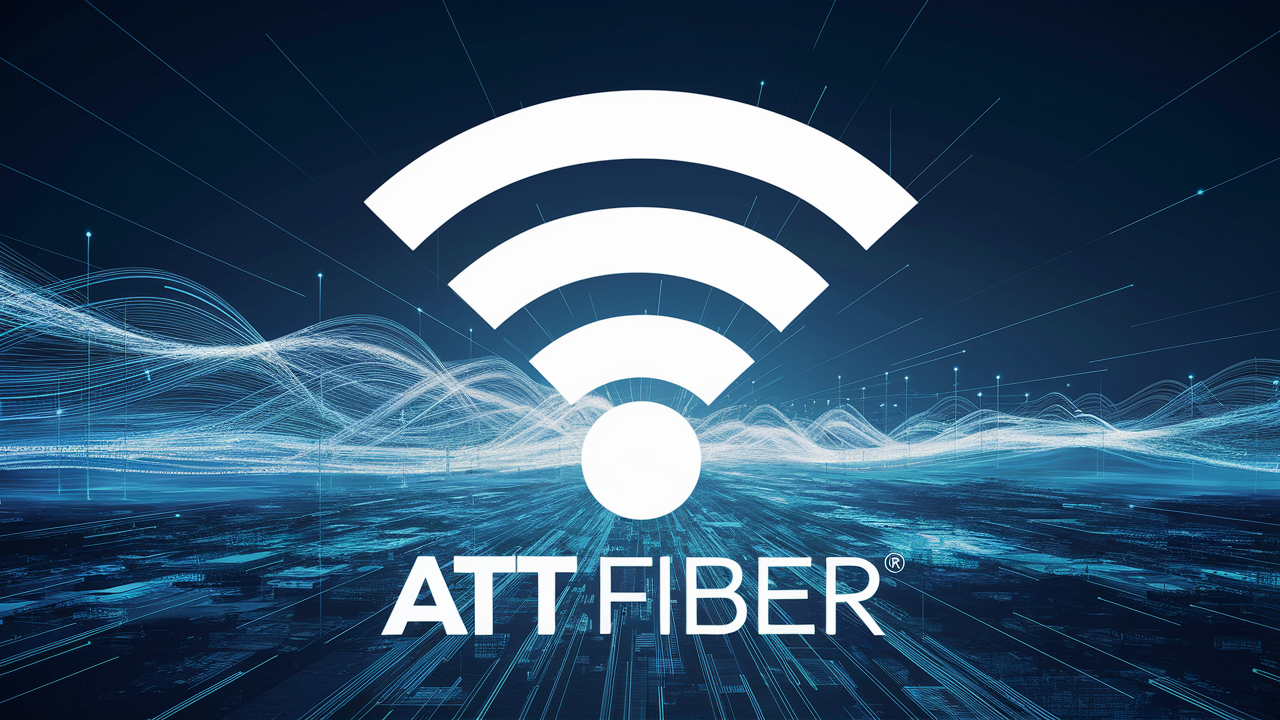
You can trust that AT&T fiber internet service is a fiber optic connection that it brings into your home. These cables offer a greatly enhanced performance over the conventional metallic cables used in telecommunications networks. Here is an overview of how AT&T brings fiber to your doorstep
The Fiber Network
The fiber optic network begins at an AT&T central office or hub location where it intersects with other networks. This is where the fiber connections are all centralized and connected to other internet networks. Fiber optic cables can be carried out either over underground ducts or via utility poles directly to nodes in areas where AT&T provides fiber connectivity. These neighborhood nodes can supply up to hundreds of homes in those nearby regions.
While the nodes are connected to the equipment in the form of a cabinet or control point, individual fiber optic cables are then fed directly to each home that uses the AT&T internet service. Although the principal fiber line runs throughout a whole neighborhood, the last link to your house is a distinct cable. This helps in establishing predictable bandwidth that is consistently reliable.
Installing the Fiber Line
While AT&T’s fiber internet requires a direct fiber connection to your home, if the home has no direct fiber connection, the company will connect a new fiber line for the service to be installed. It happens mostly within one day without involving major digging into the property or making significant changes thereto. Here are the basic steps
First, there is a site survey, after which it is determined where exactly the new fiber cable needs to be brought to your house. Cable is quite flexible and slim – its thickness is somewhere between a pen and a pencil, thus it is recommended to install it. It can frequently be directly buried in conduit space, such as that already in place in a new area, or it can be strung on existing utility poles.
Third, a technician lays fiber optic cable from the closest point of connectivity to an external wall of your home. This often includes extruding cable from a large drum and guiding it over or around shrubs, under concrete paths or alongside walls, within conduits or up utility poles to your home.
The technician then proceeds to shove the fiber cable through a small hole drilled by him or her through your wall. This entrance point needs to be preserved until we start the construction process; no maintenance is needed here. It can be set based on the looks or just on the network setup in the home location.
Last, the new fiber line is connected to an Optical Network Terminal (ONT) device that will be placed inside your home as a fixed broadband device. This gadget transmits the signals that are received through the fiber cable into Ethernet ports, which links to your home router or computer network. And that is it with the new fiber connection!
To connect to your home network:
When you have your fiber line and have had it connected to the ONT networking box, you then connect it to your home WIFI router using an ethernet cable so as to allow an Internet service Provider access to all corners of your home network. As for the wire connections, the ONT will include multiple ethernet ports to connect to routers, computers, or other devices if wanted. These incoming fiber connections offer exactly what AT&T has been advertising – gigabit service.
You also can wire your current coaxial cables and phone jacks to the ONT if you want to include AT&T services as cable TV and home phone line access. It acts as a splitter that can support all these services in the new fiber line.
Upgrade Potential
The beauty of having a fibre optic connection is that it offers fantastic bandwidth and capacity today and even more down the line. Where the AT&T service may claim to provide speeds as high as one gig per second, that is probably only the starting point.
Fixed fiber internet connection speed can be increased in the future with ease without the need for more installations or alterations to the property. The current fiber cables today have the capability of handling almost infinite data capacity. That means as services on AT&T’s network are upgraded to 5 gig, 10 gig , even 40 gig the residents in your home can get the service without a problem. It is built on a reliable ONT device and the fiber line to your door to support lightning fast internet for many decades.
In conclusion, it means that to connect to AT&T fiber internet; the company lays a fiber optic line directly from a node usually in a neighborhood right to your home either underground or overhead. A technician installs an ONT device inside to transmute the fibre signal into ethernet to connect it to your home wifi router or other device. This opens up perfect opportunities in fiber internet with stable gigabit or more. Thus, within one working day, your home gets connected to an advanced fiber-optic system that will remain relevant in the years to come.
Call (844) 905-5001 to get a new AT&T connection now!
Read More:
Do I have to rent a modem from AT&T?
How can I increase my ATT fiber WiFi speed?
Does AT&T provide free WiFi extenders?
Can I use my existing router with fiber?
Can I use a third-party router with ATT fiber?
